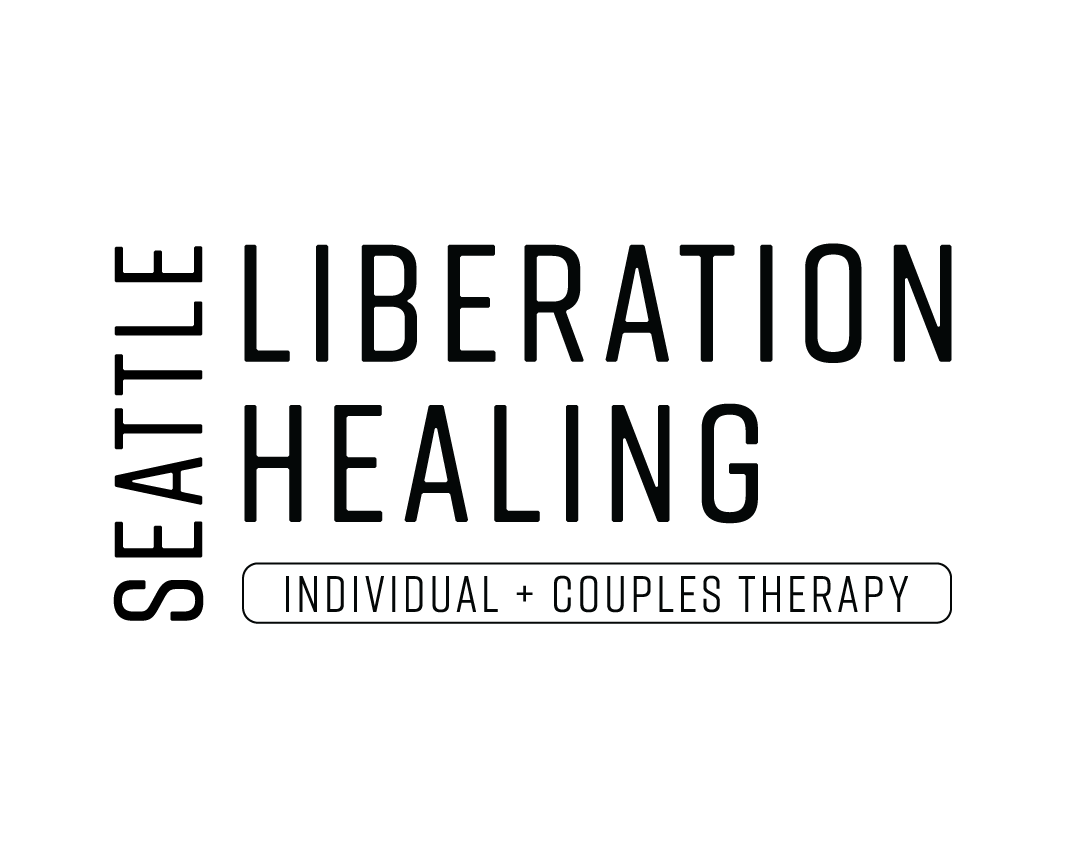What Happens In An Internal Family Systems Therapy Session?
What is Internal Family Systems (IFS)?
Internal Family Systems (IFS) is a framework/model/approach to psychotherapy created by Richard Schwartz.
Richard Schwartz began his career as a systemic family therapist and an academic. Grounded in systems thinking, Dr. Schwartz developed Internal Family Systems (IFS) in response to clients’ descriptions of various parts within themselves. He found that when the clients’ parts felt safe and were allowed to relax, the clients would experience spontaneously the qualities of confidence, openness, and compassion that Dr. Schwartz came to call the Self.
IFS focuses on clients’s parts within each person’s mental system.
These parts consist of wounded parts and painful emotions such an anger and shame, and parts that try to control and protect the person from the pain of the wounded parts.
The parts are often in conflict with each other and with one’s core Self, a concept that describes the confident, compassionate, whole person that is at the core of every individual.
IFS focuses on healing the wounded parts and restoring mental balance and harmony by changing the dynamics that create discord among the and the Self.
What Happens In The Beginning?
Introductions and reviewing the past session (if a current client)
If you’re a new client, this would be getting to know your practitioner/therapist, answering questions you may have, learning more about IFS and what to expect in a session
Trust takes time to build so we go slowly and at the pace of trust
This could include:
Saying hello and welcoming you to the space/room/session
Seeing what your parts might need to feel more trust with your practitioner/therapist and/or the session/room/space
Reviewing what has happened since the last session
Reviewing “homework” or practices you’ve engaged in including what was useful and what was challenging/unhelpful
Settling into the room/space/session by taking time to orient/ground/breathe/regulate your nervous system and body
And more
What Happens During The Middle?
Processing experiences
Doing the work
Going inside to your internal world and exploring your parts
This could include:
Identifying the main/target part
Contracting with parts
Asking which parts need the most attention right now
Asking what parts are here right now in the present moment
Asking where you sense or feel these parts in your body
Taking time to slowly be with yourself while the practitioner/therapist guides you
Closing your eyes and accessing your parts
Engaging in IFS which can include: 1) The 6 F’s, 2) Unburdening, 3) Witnessing, 4) Invitations, and more.
And more
What Happens During The End?
Closing everything up so you feel comfortable enough to go on with your day
Expressing gratitude to your parts
Asking your parts what they need from you in between sessions so they are re-assured you will have their back/protect them
This could include:
Saying goodbye
Taking time to summarize everything that has occurred
Expressing validation and compassion for all your parts
Asking other parts if they would also like to have this experience in the future
Instilling a sense of hope for growth and healing
Asking what you and your parts might need as you go on about your day
And more
